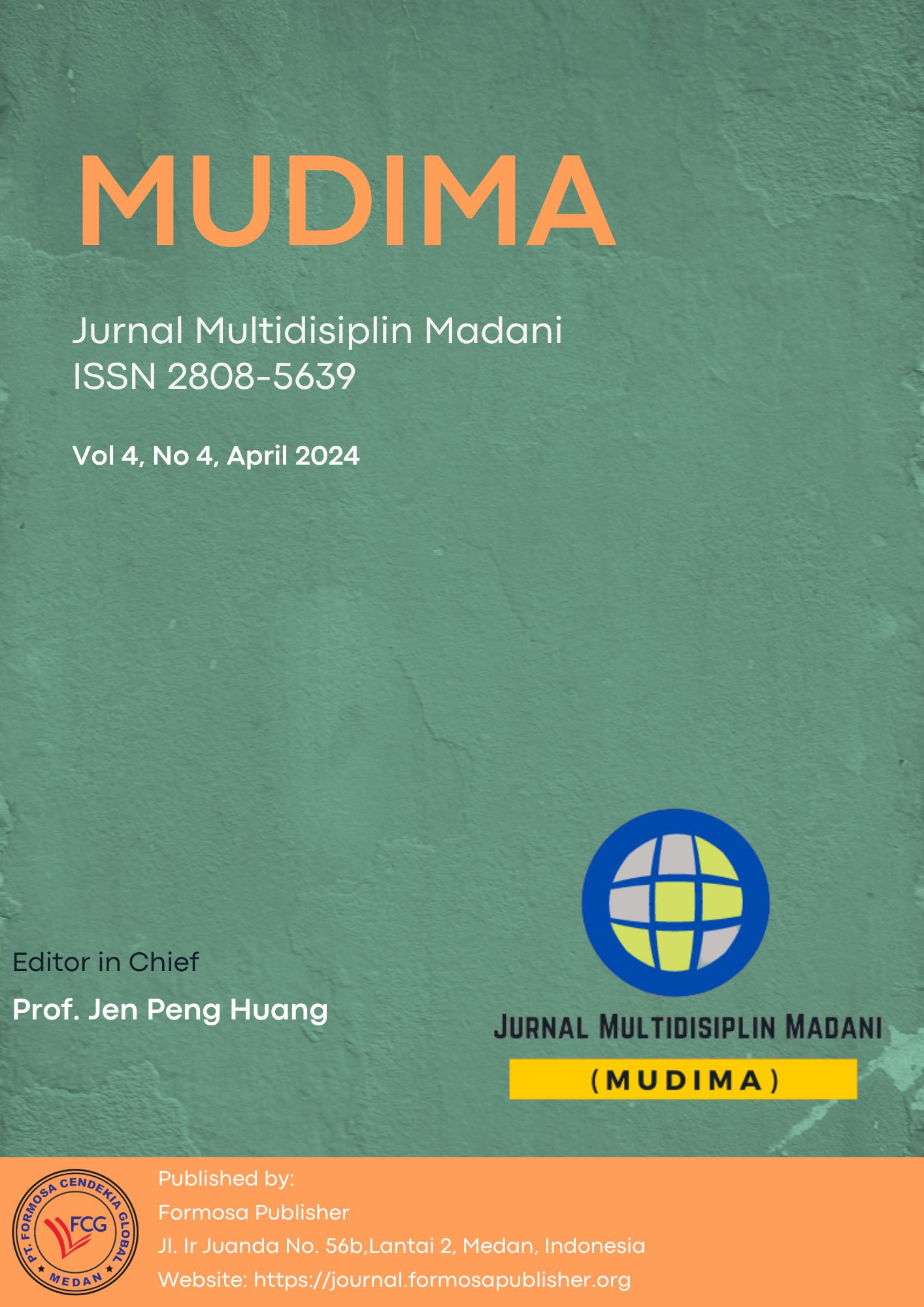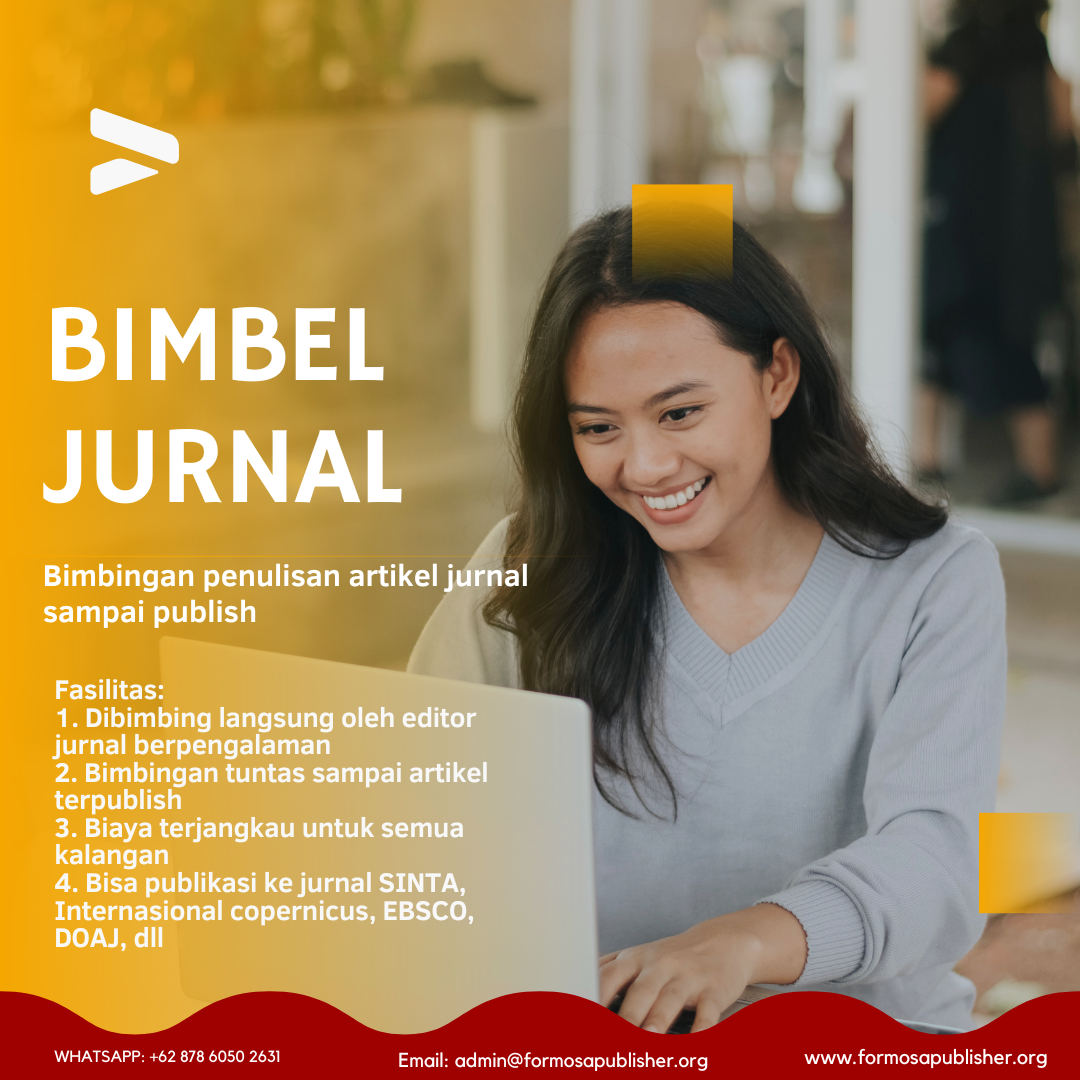The Effectiveness of Honey Administration on Reducing the Frequency of Diarrhea in Children with Acute Gastroenteritis in the Carnation Room of Rsud Waled Cirebon District: Case Study
DOI:
https://doi.org/10.55927/mudima.v4i4.8955Keywords:
Diarrhea, Acute Gastroenteritis, Honey, Children, Decreased Frequency of DiarrheaAbstract
One of the causes of death in children is diarrhea. Diarrhea is an increased frequency of bowel movements and occurs more than 3x and with a soft and watery consistency due to the water content in the stool >200 ml / 24 hours which lasts < than 14 days. The purpose of this study is to determine the effectiveness of giving honey to reduce the frequency of diarrhea in children. Method: The method uses a qualitative approach with case studies as the main method. Data collected through interviews, documentation, data analysis to the provision of intervention and evaluation. The research was conducted in the Carnation Room of Waled Hospital, Cirebon Regency in February 2024. The sample in this study was children treated with a diagnosis of acute gastroenteritis that focused on nursing problems, namely diarrhea. Honey intervention 3 times / day is given as much as 5 ml / 6 hours to children. Results: based on research that has been done researchers found that giving honey can reduce the frequency of diarrhea in children because of the content in honey
References
Alsayed, S. E. (2024). Updates in Oral Management of Dehydration and Electrolyte Disturbance in Infants and Children: A Systematic Review. Saudi J Med Pharm Sci, 10(2), 110-116.
Andayani RP. (2021). Honey with Oral Rehydration Salts and Honey Solution is Effective in Reducing the Frequency of Diarrhea and Length of Stay in Children. JIK (Journal of Health Sciences), Volume 4 No. 1 pp. 57-64
Andayani RP. (2020). Honey as a complementary therapy to overcome diarrhea in toddlers. Journal of Pioneer Health. 7 (1) 2020: 64-68
Anwar, K., Arianto, A., & Sholikh, A. F. (2023). The Effect of Honey Therapy on Acute Diarrhea in Children 13-35 Months of Age at Puskesmas Delitua, Deli Serdang District in 2022. Best Journal (Biology Education Science & Technology). Vol 6. No 1. Page 281-287.
Colmenares-Cuevas, S. I., Contreras-Oliva, A., Salinas-Ruiz, J., Hidalgo Contreras, J. V., Flores-Andrade, E., & García-Ramírez, E. J. (2024). Development and study of the functional properties of marshmallow enriched with bee (Apis mellifera) honey and encapsulated probiotics (Lactobacillus rhamnosus). Frontiers in Nutrition, 11, 1353530.
Dahiya, D., & Nigam, P. S. (2023). Nutraceutical combinational therapy for diarrhoea control with probiotic beverages from fermented fruits, vegetables and cereals to regain lost hydration, nutrition and gut microbiota. Microorganisms, 11(9), 2190.
Deas, J., Shah, N. D., Konijeti, G. G., Lundin, A., Lanser, O., Magavi, P., & Ali, S. (2024). Dietary therapies for adult and pediatric inflammatory bowel disease. Nutrition in Clinical Practice.
Findawati, F., Resmana, R., & Nurchasanah, Y. (2022). Evidence Based Case Report (EBCR): Pemberian Madu Dapat Menurunkan Frekuensi Diare Pada Balita Di Puskesmas Padasuka. Jurnal Kesehatan Siliwangi, 3(1), 113-121.
Ifalahma, D., Nisha, M., & Pramudita, N. S. (2023, June). Honey Therapy to Reduce the Frequency of Diarrhea in Children. In Proceedings of the International Conference on Nursing and Health Sciences (Vol. 4, No. 1, pp. 211-216).
Kachmar, M. R., Badri, W., Mouslim, J., & El Hajjouji, H. Therapeutic uses of honey by the population of Beni Mellal-Khenifra region in Morocco Ummah, K., Rosyaria, A., & Khairoh, M. (2024). Effectiveness of Temulawak and Honey Steeping on the Incidence of Diarrhea in Toddlers Aged 1-5 Years in Blimbing Village, Paciran Lamongan District. SCIENTIFIC JOURNAL OF OBGYN: Scientific Journal of Obstetrics & Gynecology P-ISSN: 1979-3340 e-ISSN: 2685-7987, 16(1), 248-254.
Kumar, R., Kumar, S., & Kanwar, S. S. (2024). Biomedical Perspectives of Herbal Honey. In Biomedical Perspectives of Herbal Honey (pp. 89-167). Singapore: Springer Nature Singapore.
Lal, T., Dangwal, L. R., & Rawat, M. (2024). Treatment of diarrhea and dysentery through ethnomedicinal plants in the Jaunpur region of Garhwal Himalaya, India. Ethnobotany Research and Applications, 28, 1-14.
Magdas, T. M., David, M., Hategan, A. R., Filip, G. A., & Magdas, D. A. (2024). Geographical Origin Authentication—A Mandatory Step in the Efficient Involvement of Honey in Medical Treatment. Foods, 13(4), 532.
Pinto, J., Peristiowati, Y., Puspitasari, Y., Indasah, I., Pinto, A., & Gusmão, O. M. G. (2023). The Implementation of Integrated Management of Childhood Illness (IMCI) in Sick Children from 2 Months up to 5 Years Age Old with Diarrhea in Community Health Center. Journal of Community Engagement in Health, 6(2), 262-267.
Ratajczak Magdalena, Dorota Kaminska, Eliza Matuszewska, Elzbieta Hołderna-Kedzia, Jarosław Rogacki, dan Jan Matysiak. (2021). Promising Antimicrobial Properties of Bioactive Compounds from Different Honeybee Products. Multidisciplinary Digital Publishing Institute (MDPI): PubMed Central.
Rathinam, P., Saravanan, S. B., Chelladurai, S. K., Kannan, S. K., Samykannu, G., Subramani, E., & Dhanusuraman, T. (2024). Exploring the Path to Probiotic Wellness. Journal of Pharma Insights and Research, 2(2), 034-041.
Samarghandian, S., Farkhondeh, T., & Samini, F. (2018). Honey and Health : A Review of Recent Clinical Research. Pharmacognosy Research, 9(2), 121–127. https://doi.org/10.4103/0974-8490.204647
Saragih, N. M., Kurniawati, K., Khusniyati, N., & Jannah, F. (2023). Application of Honey Therapy to Decrease Stool Frequency in Children with Diarrhea: A Case Study. Journal of Health Sciences and Epidemiology, 1(3), 93-100.
Salamah, R., Wahdi, A., Fitriyah, E. T., Roni, F., & Pratiwi, T. F. (2023). Nursing Care For Pediatric Gastroenteritis Patients With Nursing Problems of Hypovolemia Using Honey in The Srikandi Room at the Jombang General Hospital. Journal for Quality in Women's Health, 6(1), 60-67.
Syaripudin, A. (2023). Hypnotherapy Intervention on Pain Scale Level of Arteriovenous Fistula Cannulation in Haemodialysis Patients with Chronic Renal Failure. Jurnal Multidisiplin Madani, 3(9), 2026-2031.
Tehrani, H., Khoargani, M. R., & Roayaei, M. (2018). Effects of Probiotics with or without Honey on without Honey on Radiation-induced Diarrhea. International Journal of Radiation Research, 14(3), 205-213
WHO. (2017). Diarrhoeal disease, World Health Organisation
Yunita, A., Rilyani, & Aryanti, L. (2022). Effectiveness of Honey Giving Therapy to Reduce the Frequency of Diarrhea in Margorejo Village, South Lampung. Journal of Creativity of Community Service (PKM). Vol 5. No 7. July 2022: Page 2284-2289.
Downloads
Published
How to Cite
Issue
Section
License
Copyright (c) 2024 Herlina, Ahmad Syaripudin, Pujiyana, Ira Rahayu Okta, Lalu Rahmatullah Hidayat

This work is licensed under a Creative Commons Attribution 4.0 International License.
































